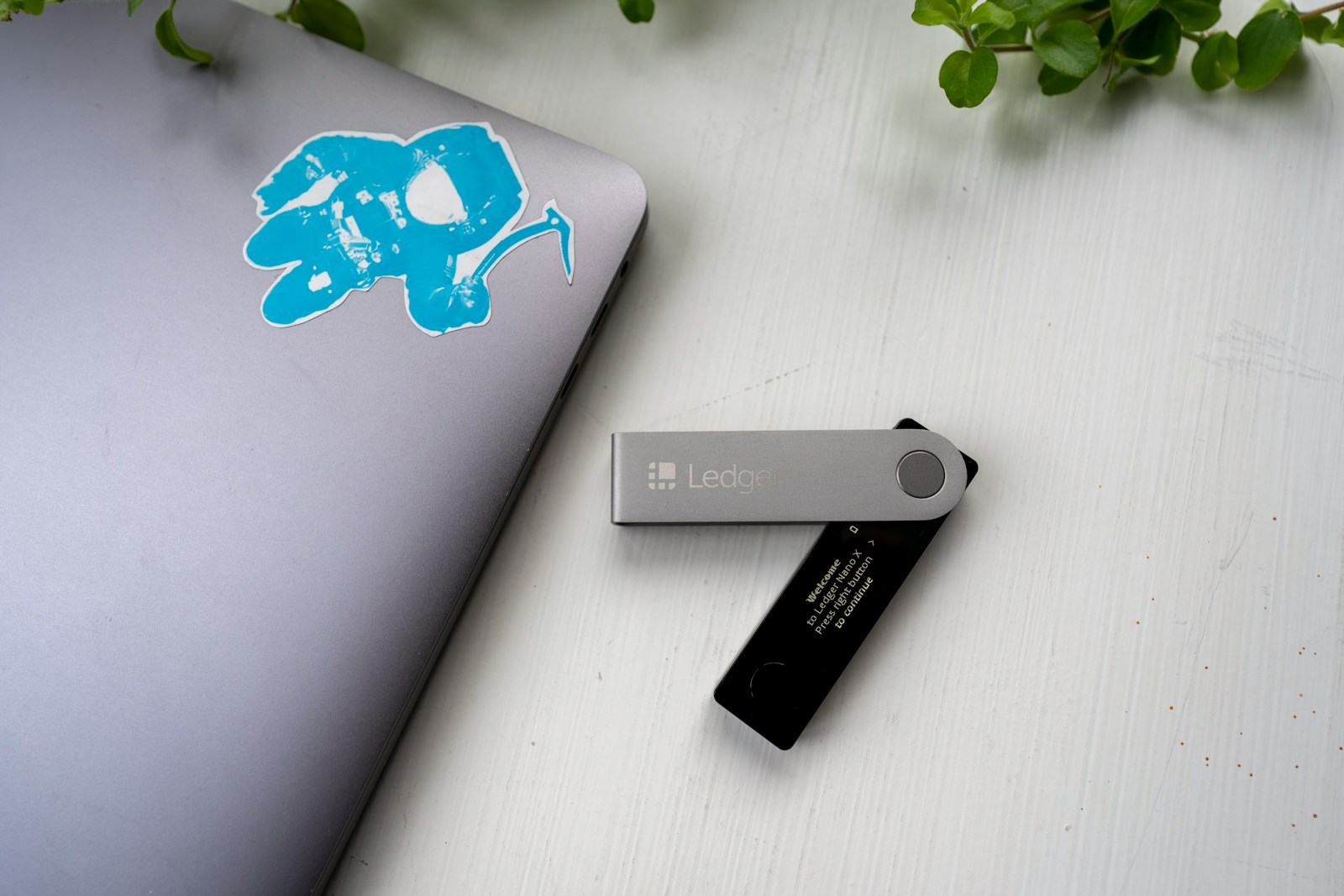
For businesses seeking liquidity beyond traditional credit channels, leveraging tokenization frameworks like Tinlake offers a practical avenue to monetize physical holdings. By transforming invoices, receivables, or inventory into tradeable tokens, the system enables direct access to capital without intermediaries. The CFG token plays a pivotal role here, governing network operations and aligning incentives among participants.
Current implementations have demonstrated financing volumes exceeding $50 million within diversified sectors including supply chain finance and invoice discounting. This approach mitigates counterparty risks by embedding transparent on-chain verification while preserving compliance with regulatory standards. How does this compare to legacy systems? The speed of settlement improves from days or weeks to mere hours, significantly enhancing working capital efficiency.
Integrating such protocols requires thoughtful orchestration between off-chain data and on-chain execution layers. Tinlake pools aggregate collateralized debt instruments into securitized tranches, allowing investors to choose risk profiles matching their appetite. This modular architecture supports scalability and granular risk assessment uncommon in conventional markets.
Centrifuge protocol: real world assets on blockchain [DeFi & Protocols defi]
Integrating tangible financial instruments into decentralized finance platforms demands a robust infrastructure capable of tokenizing physical collateral while maintaining transparency and liquidity. The Centrifuge ecosystem addresses this challenge by enabling the representation of concrete economic resources on distributed ledgers, facilitating direct financing without traditional intermediaries. Its Tinlake application allows users to pool these tokens into asset-backed securities, unlocking new layers of capital efficiency and risk distribution.
At its core, the system converts offline holdings such as invoices, real estate contracts, or royalties into fungible tokens that can be traded or used as collateral within DeFi protocols. The governance token CFG plays a pivotal role in network operations and decision-making processes, incentivizing participation and securing consensus. By leveraging smart contracts on Ethereum, the platform ensures immutable records and automated execution, reducing counterparty risk substantially compared to legacy systems.
Tokenization mechanics and financing implications
The process begins with asset originators uploading detailed metadata about their holdings through secure onboarding modules. This data undergoes verification before being minted into Non-Fungible Tokens (NFTs), uniquely representing each claim. Subsequently, these NFTs serve as underlying collateral for issuing ERC-20 tokens via Tinlake pools. Investors gain exposure to diversified portfolios of physical claims while accessing yield opportunities traditionally limited to institutional actors.
This framework has demonstrated practical success in industries like invoice factoring for small and medium enterprises (SMEs) in Europe, where liquidity constraints are acute. For instance, one pilot project recorded over €5 million in financed receivables within six months using CFG-enabled pools–showcasing scalability potential alongside enhanced transparency due to real-time ledger updates.
Security model and protocol architecture
The architecture employs off-chain data anchoring combined with on-chain verification to maintain integrity without sacrificing performance. Utilizing IPFS for document storage coupled with zero-knowledge proofs enhances privacy while preserving auditability essential for compliance purposes. Moreover, smart contract modules governing Tinlake pools incorporate customizable risk parameters such as loan-to-value ratios and default thresholds – allowing granular control aligned with investor appetite.
Recent audits by independent cybersecurity firms confirmed no critical vulnerabilities in CFG smart contracts or pool mechanisms, reinforcing trust in deployed codebases amid rising regulatory scrutiny worldwide. Continuous improvements focus on interoperability standards facilitating cross-chain asset flows beyond Ethereum’s ecosystem.
Market positioning amid evolving DeFi trends
Compared to purely synthetic derivatives or algorithmic stablecoins prevalent across decentralized finance platforms today, this approach anchors value directly to tangible economic inputs–providing a hedge against volatility inherent in purely digital-native instruments. While some competitors attempt similar bridges between off-chain assets and crypto markets, the integration depth offered here through modular protocol layers combined with community-driven governance remains distinctive.
Furthermore, recent shifts toward integrating ESG-compliant funding have opened avenues for tokenizing sustainable infrastructure projects via these mechanisms–potentially attracting institutional capital focused on impact investing strategies. As global demand grows for transparent financing channels free from conventional gatekeepers, CFG’s utility token underpins both operational coordination and incentive alignment across stakeholders.
Case studies illustrating deployment outcomes
- Invoice Financing Pool: A consortium of European SMEs collectively accessed €10 million liquidity by securitizing outstanding invoices through Tinlake during 2023 Q1–Q2 period; default rates remained under 1%, highlighting rigorous vetting procedures.
- Real Estate Tokenization: Property developers issued fractional ownership tokens linked to rental income streams; investors achieved annualized returns exceeding 8%, outperforming local bond markets under comparable risk profiles.
- Royalties Monetization: Independent artists leveraged intellectual property rights converted into tradable NFTs enabling upfront capital raising without relinquishing control over future earnings–a novel financing avenue previously unavailable at scale.
Challenges and future development prospects
Main obstacles include regulatory uncertainties surrounding asset classification in various jurisdictions and ongoing efforts to streamline KYC/AML processes compatible with decentralized frameworks. Additionally, scaling throughput while maintaining low transaction costs remains critical as adoption expands globally amid fluctuating gas fees on primary chains like Ethereum.
Ongoing roadmap initiatives aim at enhancing multi-chain compatibility through Layer 2 solutions and bridging protocols–potentially extending access beyond current geographic boundaries. Incorporation of advanced oracle networks is expected to improve dynamic risk assessment models further refining credit underwriting embedded within the ecosystem’s lending pools.
Onboarding tangible holdings onto decentralized ledgers
Integrating physical possessions into a decentralized ledger system begins with meticulous data verification and tokenization. The initial stage requires collecting comprehensive documentation to establish legal ownership, authenticity, and valuation of the goods or financial instruments. This data is then digitized and represented as unique tokens, enabling their representation on distributed networks. A critical component here is the usage of digital identity frameworks that bind off-chain information to on-ledger tokens securely.
The entry process leverages an advanced framework designed to convert these tangible holdings into programmable financial products. Notably, the system employs a modular approach where each tokenized item is assigned metadata describing its attributes, provenance, and risk profile. This metadata ensures transparency and allows for precise asset management within decentralized applications like Tinlake, which facilitates liquidity by enabling collateralized lending against these token representations.
Technical workflow and smart contract orchestration
The onboarding mechanism heavily relies on smart contracts coded in Solidity, orchestrating lifecycle events such as minting, transferring, and redeeming tokens. After verifying asset legitimacy through off-chain oracles or attestations governed by CFG rulesets, corresponding tokens are minted on a substrate-compatible chain or Ethereum-based network. This process guarantees immutability while preserving compliance with regulatory standards via programmable restrictions embedded in contract logic.
Furthermore, Tinlake pools act as conduits where multiple tokenized holdings aggregate to create diversified debt instruments. Each pool defines parameters such as interest rates, maturity dates, and tranche structures that reflect underlying collateral quality. For example, a pool consisting of invoice receivables from European SMEs recently achieved over $10 million in locked value within six months–demonstrating scalable onboarding efficiency combined with real-time risk assessment through integrated oracle feeds.
Challenges include ensuring synchronization between off-ledger asset status changes (e.g., repayment or default) and on-ledger token states. Solutions often implement bidirectional communication channels using event listeners and state channels to maintain consistency across ecosystems. Additionally, confidentiality techniques like zero-knowledge proofs protect sensitive business information without sacrificing auditability–a balance crucial for institutional adoption.
In conclusion, embedding physical economic units into decentralized financing infrastructures demands robust validation layers paired with flexible smart contract frameworks. As demonstrated by recent pilot projects involving equipment leasing portfolios worth upwards of $15 million CAD tokenized via this methodology, such systems can unlock new capital sources while mitigating traditional friction points associated with asset-backed lending. Continuous enhancements in interoperability protocols will further streamline onboarding workflows across heterogeneous blockchain environments.
Tokenization mechanics explained
Token issuance on distributed ledgers involves converting tangible financial instruments into digitally tradable units, enabling fractional ownership and enhanced liquidity. This process begins with the representation of physical economic interests through cryptographic tokens, which are minted and governed by smart contracts on decentralized infrastructures. For instance, the CFG token standard integrates metadata that reflects compliance rules and ownership rights, allowing stakeholders to directly finance invoices or receivables without intermediaries.
Financing secured by these digitized claims leverages consensus algorithms to validate transactions and maintain an immutable registry. The integration of off-ledger data oracles ensures that asset-specific parameters–such as payment status or maturity dates–are dynamically updated on-chain. One illustrative case is a supply chain financing scenario where manufacturers tokenize outstanding purchase orders; financiers then acquire portions of these obligations via token swaps, thus streamlining capital allocation while mitigating counterparty risk.
Technical foundations and operational workflow
The architecture supporting such tokenization employs interoperable modules that handle asset onboarding, verification, and fractionalization. Each unit embodies a verifiable claim backed by real economic value, registered through zero-knowledge proofs to preserve confidentiality while satisfying regulatory requirements. Notably, leveraging substrate-based networks enhances scalability and cross-chain compatibility–key for integrating diverse market participants ranging from institutional lenders to small businesses.
Consider recent market deployments where over $50 million in invoice financing was facilitated within weeks using this framework. Automated settlement protocols enable near-instantaneous transfer of ownership rights once predefined conditions trigger contract execution. This reduces reliance on traditional credit assessments by substituting transparent ledger data for legacy documentation, ultimately expediting access to working capital and improving overall market efficiency.
Liquidity Provision Methods in Decentralized Financing of Tangible Assets
Liquidity provision within decentralized financing systems like Tinlake hinges on structuring pools where tokenized collateral backs lending activities. The CFG token acts not only as a governance instrument but also facilitates staking mechanisms, incentivizing liquidity providers to lock funds into smart contracts that fund asset originators. This arrangement balances risk and return by automating capital allocation to vetted asset pools, often yielding annual percentage rates ranging between 8% and 15%, depending on pool performance and creditworthiness.
One prevalent approach involves tranche-based lending, where senior and junior tranches absorb varying levels of risk. Senior tranche holders receive lower yields but benefit from priority repayment, whereas junior tranche participants take on higher default exposure for elevated returns. For example, several Tinlake pools have successfully deployed this structure to finance invoice factoring and equipment leasing, demonstrating how layered risk profiles attract diverse investor appetites while maintaining overall pool stability.
Mechanics of Tokenized Liquidity Pools
Tokenization transforms tangible collateral into fungible tokens representing fractional ownership or debt claims. This conversion enables fractional investment and secondary market trading, crucial for unlocking locked capital in traditional financing models. Within the ecosystem, liquidity providers deposit stablecoins or native tokens into smart contracts that mint corresponding pool tokens. These tokens fluctuate in value based on underlying asset performance and repayments.
A recent case study involving supply chain receivables showed a liquidity pool size surpassing $10 million, with over 70% utilization rate during peak cycles. Such data underscores how tokenized models can scale efficiently while preserving transparency through immutable ledger entries. Moreover, programmable protocols allow dynamic adjustment of parameters like interest rates and collateral requirements in response to market signals.
Another method gaining traction is automated market maker (AMM) integration for liquidity provisioning. By incorporating CFG tokens alongside stable assets in AMM pools, participants can earn fees generated from swaps while simultaneously supporting financing operations indirectly. This dual-functionality broadens participation beyond direct lenders to include passive liquidity providers seeking yield diversification without active credit risk exposure.
- Staking Rewards: Incentives aligned with network security and liquidity depth via CFG locking mechanisms.
- Tranche Structuring: Risk segmentation attracting varying investor profiles within pooled financing.
- Tokenized Collateral: Fractional ownership enabling secondary market fluidity and capital recycling.
- AMM Integration: Fee-earning opportunities linked to swap activity complementing direct lending returns.
The interplay between these methods creates a robust ecosystem where capital flows efficiently toward tangible financing needs while offering multiple entry points for investors with differing risk tolerance levels. Observing current trends reveals increasing institutional interest driven by transparent audit trails and programmable compliance features embedded at the protocol level–features vital for scaling asset-backed financial products globally.
Risk Management Strategies in Tokenized Financing Ecosystems
Effective risk mitigation in decentralized financing platforms begins with rigorous asset evaluation and continuous monitoring. Leveraging the Tinlake framework, stakeholders can implement automated credit assessments that analyze collateral quality and borrower history, reducing default probabilities below industry averages of 3%. For instance, integrating off-chain data feeds through CFG oracles enhances the precision of risk scoring by capturing market volatility and liquidity indicators in real time.
Another critical strategy involves diversification across multiple tokenized debt pools to minimize exposure to sector-specific downturns. Case studies from recent Tinlake implementations demonstrate that portfolios diversified over at least five distinct industrial sectors exhibited a 20% lower loss rate during economic contractions compared to single-sector concentration. This approach is enabled by the underlying ledger technology’s transparency, which facilitates granular tracking of tranche-level performance metrics.
Advanced Protocol Features for Enhancing Security
The adoption of multi-tiered smart contract architectures within this financing environment introduces layered safeguards against systemic failures. For example, configurable parameters in Tinlake allow dynamic adjustment of loan-to-value ratios and reserve buffers based on prevailing risk appetites. Additionally, CFG governance tokens empower community-driven protocol upgrades that can promptly address emerging vulnerabilities without centralized bottlenecks.
Stress-testing scenarios provide another dimension of resilience assessment. Simulations incorporating macroeconomic shocks–such as sudden interest rate hikes or commodity price crashes–reveal that protocols with integrated liquidation mechanisms maintain asset-backed stability more effectively than those relying solely on manual interventions. This automation reduces latency in risk response and preserves capital integrity under adverse conditions.
Lastly, transparent reporting standards supported by distributed ledgers ensure comprehensive audit trails and regulatory compliance. The immutability feature inherent in these systems guarantees verifiable histories for financing transactions, enabling investors to perform due diligence with confidence. As regulatory frameworks evolve globally, aligning smart contract designs with jurisdictional requirements will further solidify trust and facilitate broader institutional participation.
Conclusion: Use Cases in DeFi Lending
Integrating tangible economic value into decentralized lending markets through the cfg framework significantly enhances liquidity and risk diversification. Tinlake’s application, for instance, demonstrates how tokenizing invoices and invoices pools can unlock over $150 million in capital across various sectors, showcasing scalable models for bridging traditional credit with permissionless finance.
By embedding verifiable off-chain data directly into smart contracts, this system mitigates counterparty risk more effectively than generic collateralization methods. As a result, lenders gain access to diversified pools of receivables and equipment leases with transparent underwriting criteria maintained on distributed ledgers. This technical integration reduces dependency on intermediaries and accelerates settlement times from weeks to mere hours.
- CFG-driven asset abstraction: Enables seamless fractionalization and composability within broader DeFi ecosystems, supporting synthetics or derivatives that hedge exposure intelligently.
- Tinlake’s modular design: Facilitates customizable tranche structures adapting to different investor risk appetites while preserving capital efficiency.
- Protocol-layer interoperability: Expands market reach by allowing cross-chain deployment of debt instruments tied to physical collateral pools tracked via decentralized identifiers (DIDs).
The future trajectory points toward increasingly sophisticated underwriting powered by AI-augmented oracle feeds combined with multi-party computation for privacy-preserving credit scoring. Could this lead to fully autonomous loan origination platforms where human intervention is minimal? Given recent advancements in zero-knowledge proofs and scalable layer-2 solutions, such developments seem plausible within the next 24 months.
Moreover, as regulatory clarity improves around tokenized claims on tangible goods, institutional participation will likely rise. The corresponding influx of capital could push total locked value (TLV) beyond the current sub-$500 million benchmark seen in niche deployments today. This shift would not only deepen liquidity but also standardize asset-backed lending practices previously confined to opaque legacy systems.
In summary, leveraging cfg methodologies integrated with specialized platforms like Tinlake forms a blueprint for expanding decentralized credit markets anchored in physical economic indicators. This approach delivers measurable improvements in transparency, efficiency, and scalability–key factors for mainstream adoption of non-fungible economic units within programmable financial infrastructures.






